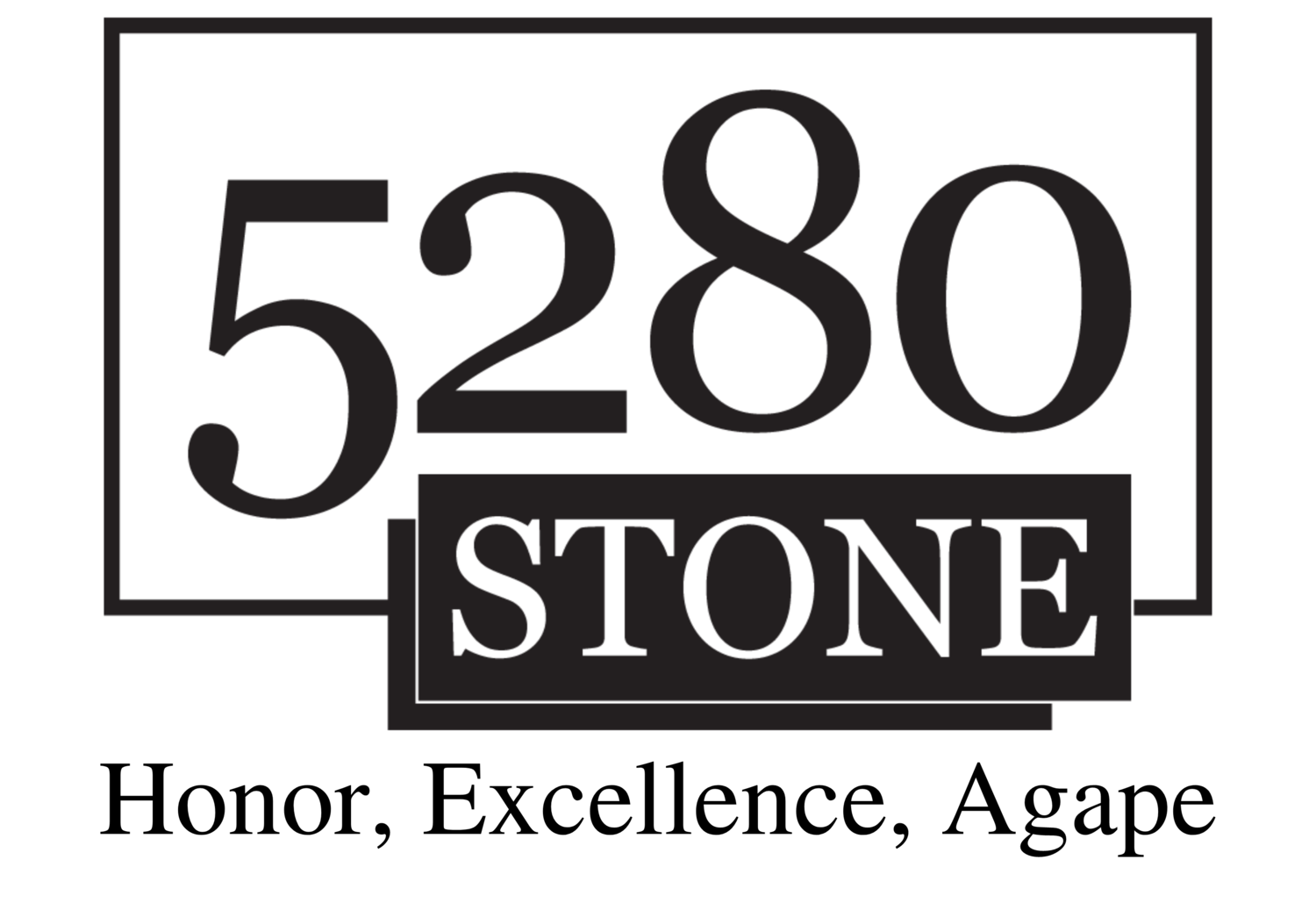Stone Finishes – Polished, Leathered or Honed?
What are the positive and negative of each?
Polished
This is how 90% of all granites and natural stones are finished from the quarries around the world. Through the use of massive machinery, the quarries “polish” the surface of each slab after it has been harvested and cut.A polish surfaced brings out the natural color and beauty of stone counters. With proper cleaning, sealing and maintenance most natural stone counters will maintain their luster for decades.
Leathered (Also known as Caressed)
A leathered surface finish creates a semi rough texture to the surface of the slab. This is also done by large machines at the quarries or by specialized companies locally.A leathered surface reduced the natural sheen of the surface and creates a dull finish.Many times a leathered finish is created on certain stones to take out defects on the surface. When the slab is leathered the softer materials on the surface are mechanically removed (through a series of brushes) this can reduce the potential of these softer materials from fracturing in the future.Leathering is a great option for outdoor areas where extreme temperatures are more likely. Under heat and or cold natural stone counters can have pitting occur (This is when small particles in the surface actually pop or fracture from the surface), leathering is a way that removes the weaker materials from the surface before it occurs natural.Due to the rough surface texture leathering is not a good option for area that are used for baking (Rolling out dough specifically) or area that are used for offices/ school projects.Leathered surfaces require the same maintenance as polished surfaces, they should be sealed yearly and cleaned with the appropriate products.
Honed or Matte finish
A honed finish is created with them same process as a leathered finish, but the quarries or specialized companies use different brushes to make the surface completely smooth.A honed finish takes all of the luster out of the surface creating a “concrete” or dull look to the counter.This finish is typically used to create a more “modern” feel to counters.Honed surfaces are very hard to maintain. Through the honing process, many of the pores in the stone are opened, which makes maintenance very hard. It’s not uncommon to see finger prints, oil stains, and water marking right after installation on honed surfaces.After installation honed counters will be sealed, however if you chose this finish you should expect etching (this is when acidic juices (lemons, limes etc) change the surface composition) and staining to occur almost immediately.
